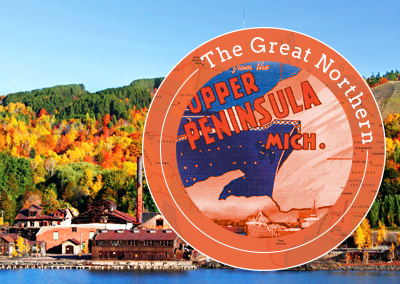Gary
If you ever watched and enjoyed the Hollywood musical The Music Man—in which the song “Gary, Indiana” paints a picture of idyllic homespun Americana—you’ll be surprised by the reality of the place. In contrast to the rural rest of the state, this far northwest corner of Indiana is among the most heavily industrialized and impoverished areas of the country. Developed beginning in 1910 around a huge U.S. Steel mill (the largest in the world for much of the 20th century, and still the biggest in North America), Gary (pop. 75,282, down from a circa-1960 peak of 178,320) epitomizes the boom and bust cycle of the single industry “company town.” Surrounded by block after block of decaying houses, the streets are lined by empty strip malls, strip clubs, and stripped-down cars—with road signs directing you toward the waterfront casinos along the Calumet River. During the region’s heyday around the middle of the 20th century, the Gary mill employed more than 30,000 workers and pumped out millions of dollars’ worth of products every day. The town’s more recent products include musical family The Jackson 5, born and raised here in the late 1950s, but nowadays half the homes have been abandoned and economic times are so hard that local authorities have had to call in the National Guard to police the streets.
One bright spot: Gary’s steel heritage is kept alive by the local Northern League baseball team, the RailCats (219/882-2255, $6-10), who play at U.S. Steel Yard. The outfield fences back onto US-20 and the tracks of the South Shore Line, America’s oldest inter-urban streetcar system, creating a slightly surreal view. Trains from Gary to Chicago’s Millennium Station take about an hour and cost $7.50.
Related Travel Guides
Oregon Trail Travel Map
















